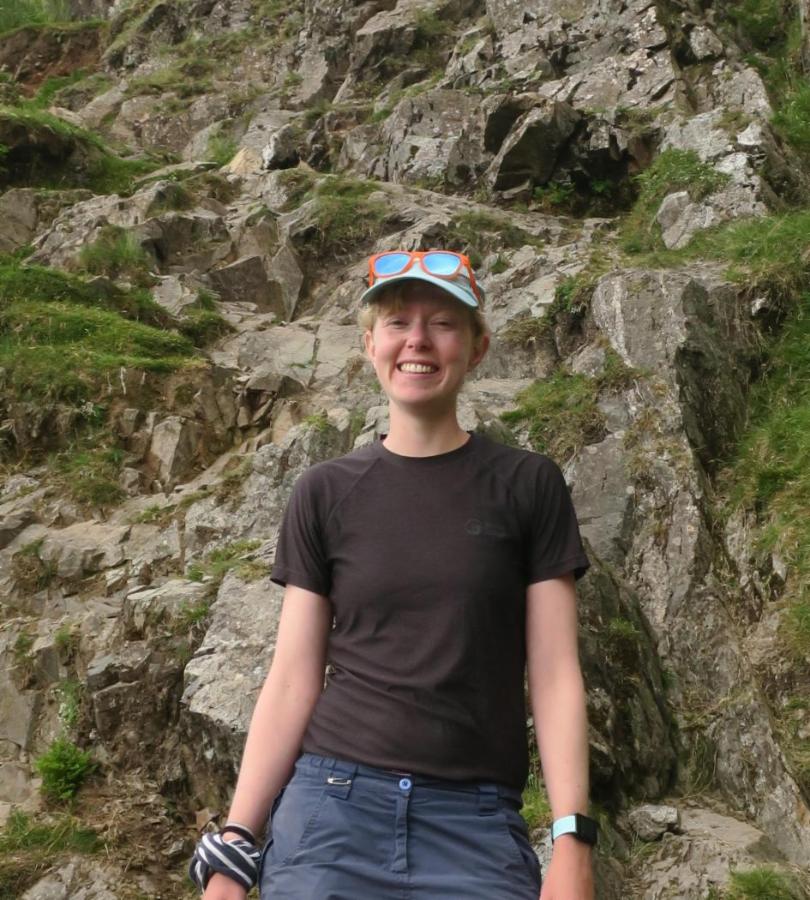Qualifications & Memberships
Master of Arts (University of Cambridge)
Bachelor of Arts (University of Cambridge)
Doctor of Philosophy (University of Cambridge)
American Geophysical Union (AGU) (Professional Organisation): Member
Research Interests
I am interested in understanding how the Earth's lithosphere deforms a wide range of spatial and temporal scales and how understanding this deformation can improve our knowledge of seismic hazard.
My research looks at the deformation of Earth's continents. I analyse and model a range of datasets, including seismological records, satellite imagery, GPS and radar to understand both the patterns of deformation which we observe, and the forces which generate them.
How the continents deform in response to an applied force is controlled by their material properties (rheology).
By looking both at observed deformation and the forces driving it I am able to place constraints on this rheology.
My work spans timescales from individual earthquakes to the cenozoic, and lengthscales from individual faults to continents.
I am particularly interested in reconciling different estimates of lithosphere rheology and combining multiple observations to improve our understanding of the Earth.
More generally, I am interested in how Earth Sciences as a discipline relates to the world, and particularly how a discipline with its foundations in colonialism and extractivism, can be adapted to serve a socially just, post-extractivist future.
I also run the X account for Women Doing Science, a social media movement showcasing diverse women in STEM. You can follow us on Instagram or Twitter.
- earthquake
- seismic hazard
- disaster risk
- tectonics
- mountains
Recent Publications
- Giardina G., Macchiarulo V., Foroughnia F., Jones JN., Whitworth MRZ., Voelker B., Milillo P., Penney C., Adams K. and Kijewski-Correa T. (2023) Combining remote sensing techniques and field surveys for post-earthquake reconnaissance missions. Bulletin of Earthquake Engineering http://dx.doi.org/10.1007/s10518-023-01716-9.
- Penney C., Walshe R., Baker H., van Soest H., Dryhurst S. and Taylor ARE. (2022) Introducing Stories Into Downward Counterfactual Analysis: Examples From a Potential Mediterranean Disaster. Frontiers in Earth Science 10 http://dx.doi.org/10.3389/feart.2022.742016.
- Phillips AA., Walsh CR., Grayson KA., Penney CE. and Husain F. (2022) Diversifying Representations of Female Scientists on Social Media: A Case Study From the Women Doing Science Instagram. Social Media and Society 8(3) http://dx.doi.org/10.1177/20563051221113068.
- Whitworth MRZ., Giardina G., Penney C., Di Sarno L., Adams K., Kijewski-Correa T., Black J., Foroughnia F., Macchiarulo V. and Milillo P. (2022) Lessons for Remote Post-earthquake Reconnaissance from the 14 August 2021 Haiti Earthquake. Frontiers in Built Environment 8 http://dx.doi.org/10.3389/fbuil.2022.873212.
- Penney C. and Copley A. (2021) Lateral Variations in Lower Crustal Strength Control the Temporal Evolution of Mountain Ranges: Examples From South-East Tibet. Geochemistry, Geophysics, Geosystems 22(2) http://dx.doi.org/10.1029/2020GC009092.

